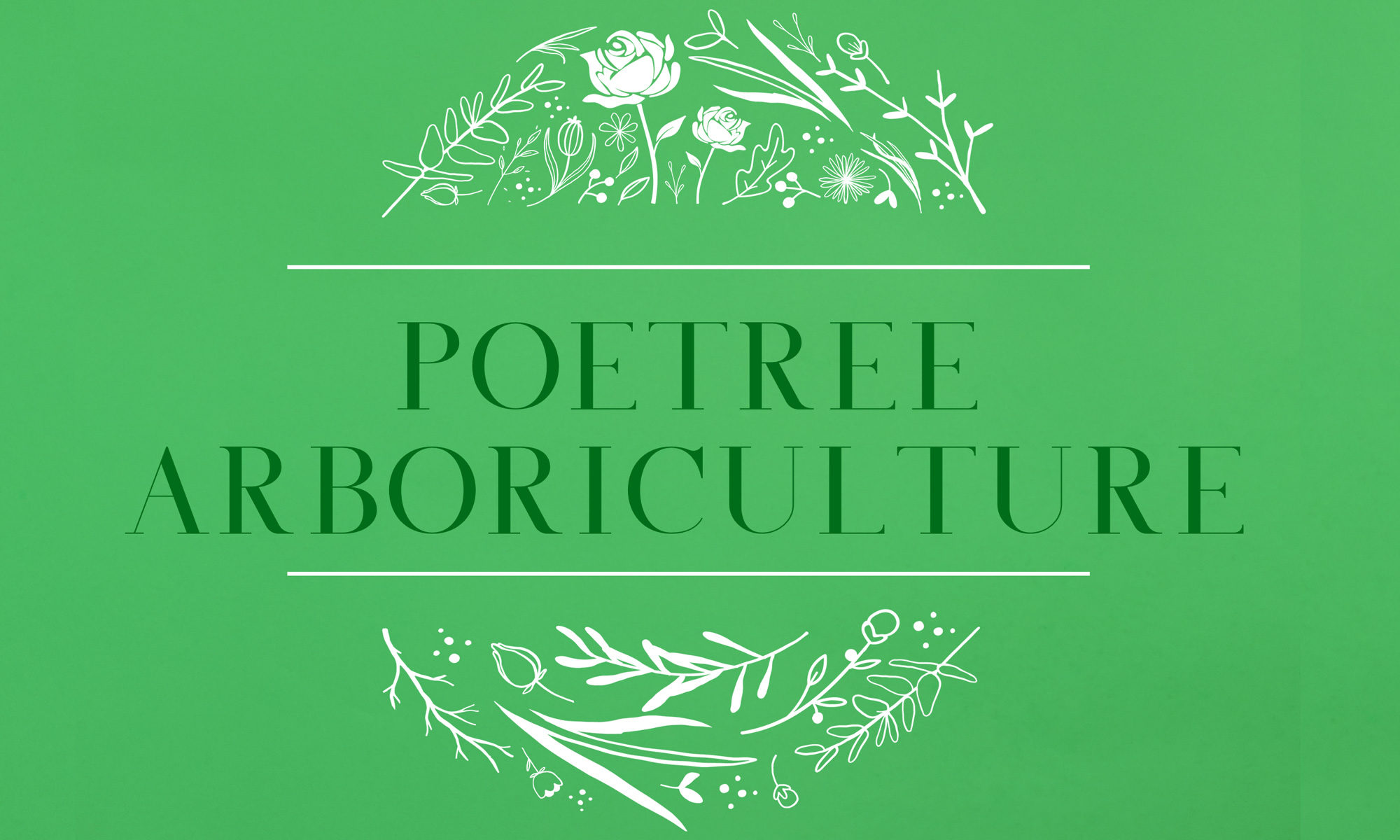I grew up surrounded by trees; a huge Chinese elm in my backyard and a swamp edged with forest a short walk away. A friend called our urban forest ‘the last frontier’. Our few old growth forests or an ancient tree remnant take our breath away at their size and majesty. In our urban forest, often a fifty year old tree has heritage or landmark status. As part of my career and my leisure I am an ancient tree aficionado as well as a proponent of more friendly, park like environments in our metropolitan areas.
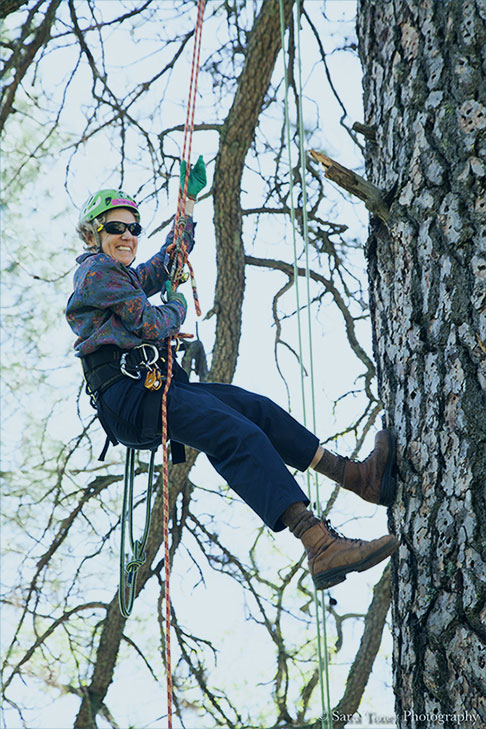
Ancient Trees
For over a decade I have studied old trees. In 2011, I went with Alma Hecht to England on my first ancient tree journey. We discovered in the UK ancient trees are valued, cared for and protected in public and private landscapes. That first trip led to others, studying their nuances and characteristics. The Ancient Tree Guide defines an ancient tree as one “that has passed beyond maturity, and is old, or aged, in comparison with other trees of the same species.” There also are guides to the characteristics. Their spirit, form and performance evolve in the aging process. This evolution is a complex process embedded in both the surrounding ecosystem of the individual tree and an internal ecosystem. The internal ecosystem is invisible to our eyes where the aging woody structure becomes inhabited by an array of invertebrates and fungi that find their place in the web of life of the aging tree.

A few notable ancient trees from England, 2022
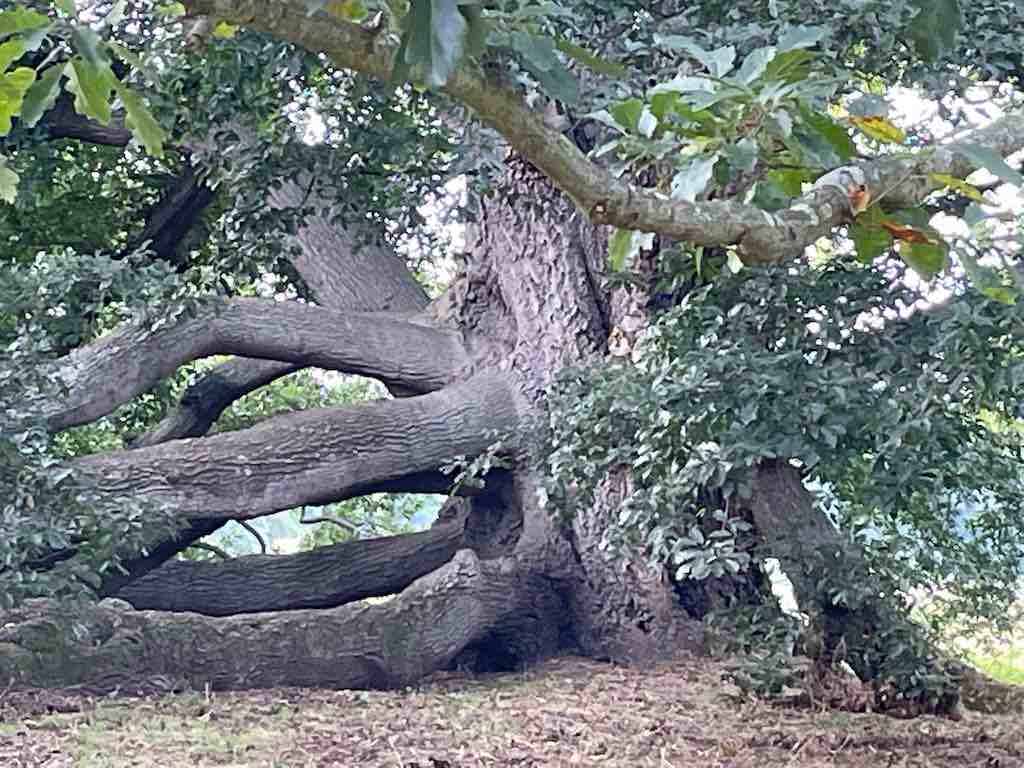
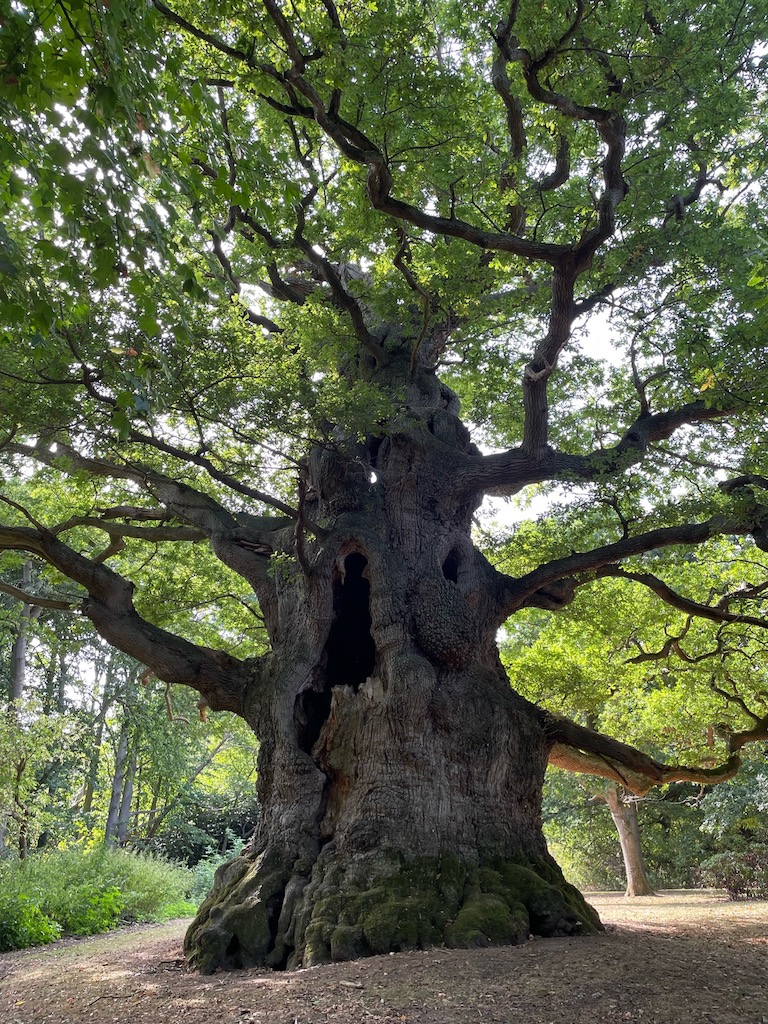
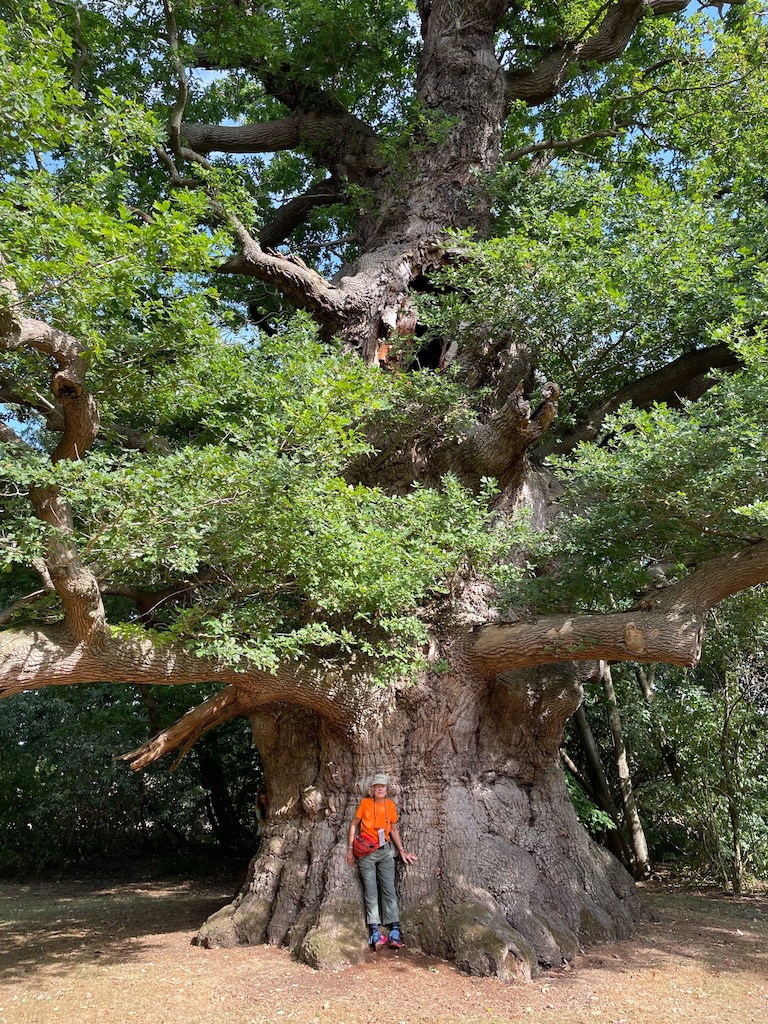
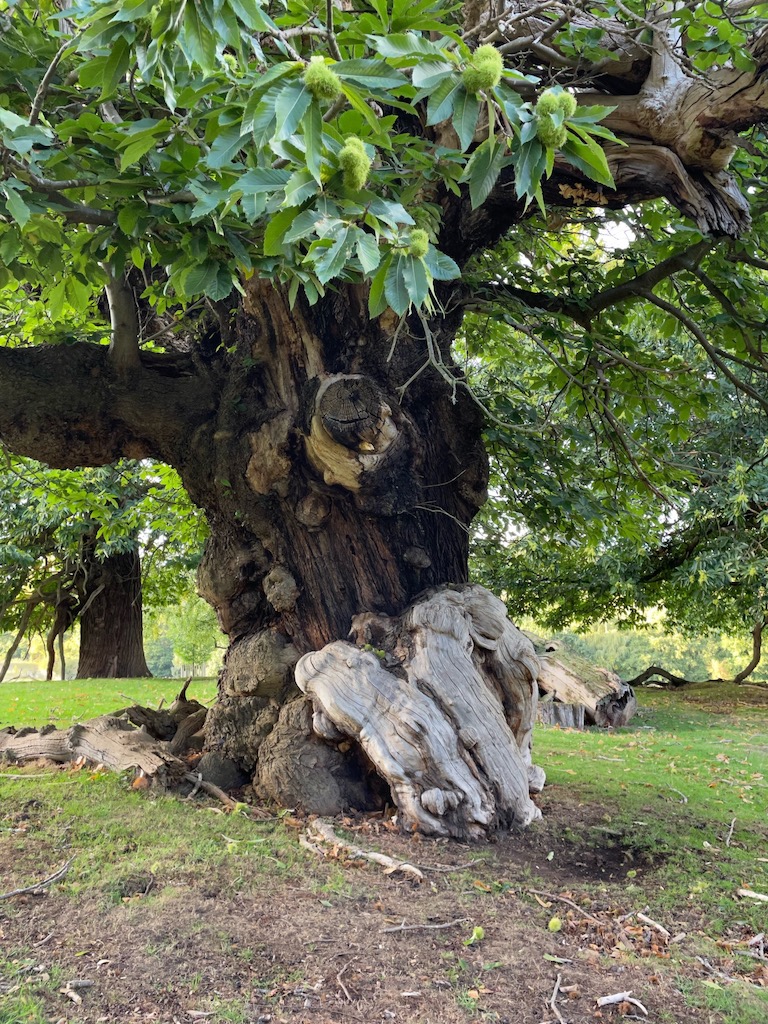
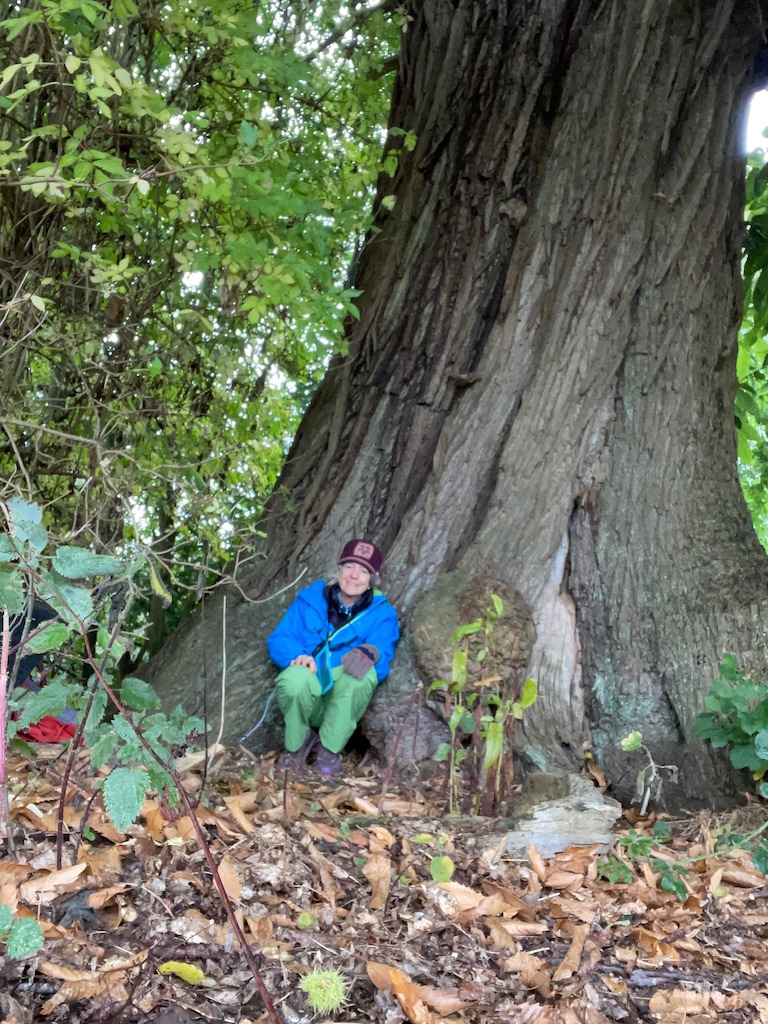
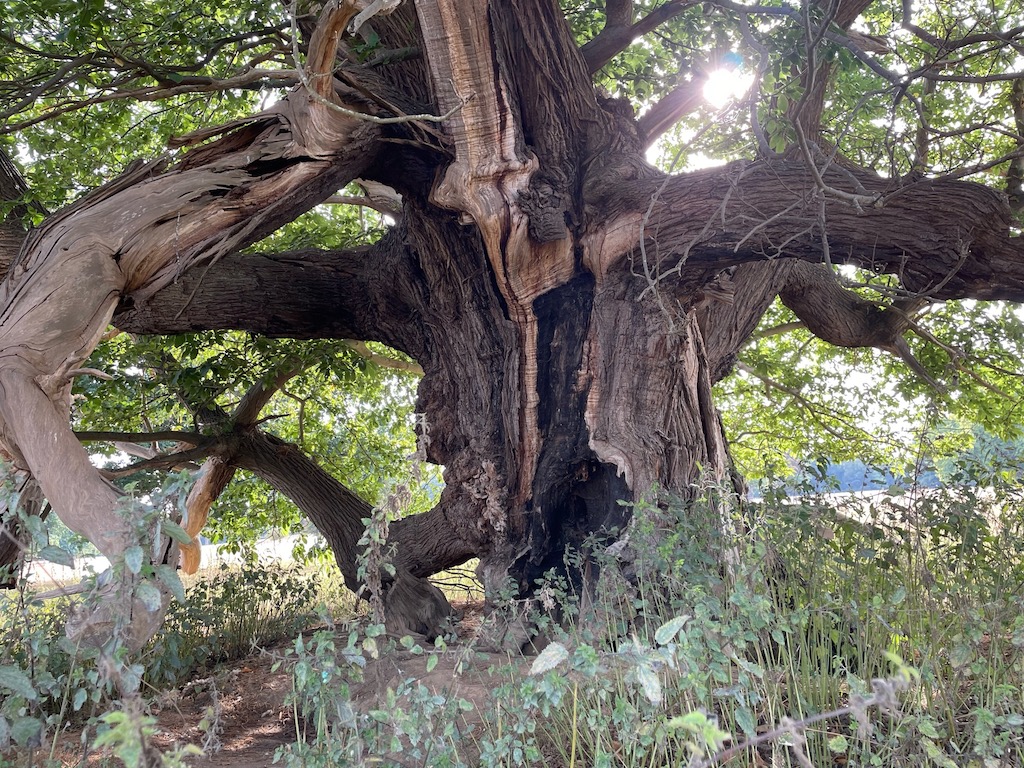
A few notable ancient trees from 2011, 2016 and 2018
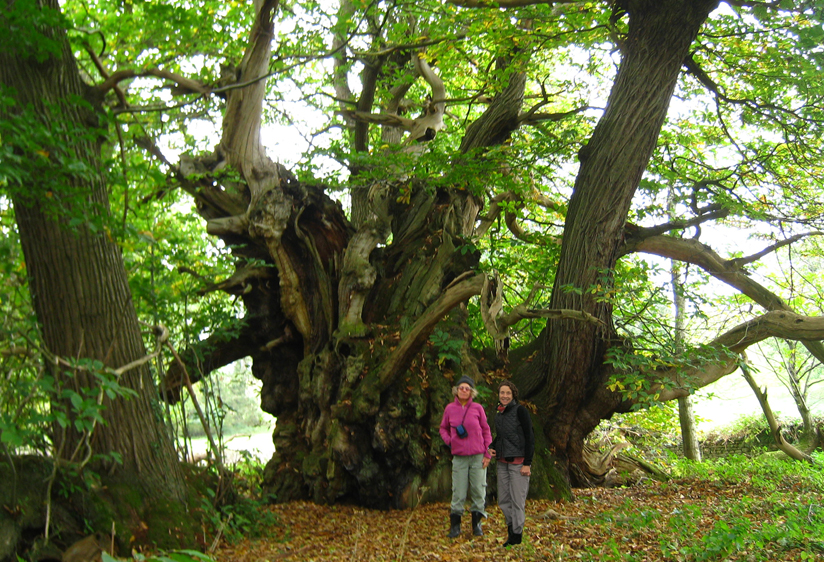
The Tortworth Chestnut, over 1200 years old. Alma and I defined the scientific method for measuring ancient trees, with hugs. The Tortworth is 10 hugs around, my hugs are 5’3” making this tree 53’ around at hug level. The renowned arborist and horticulturalist Ted Kipping considers this method with high regard.

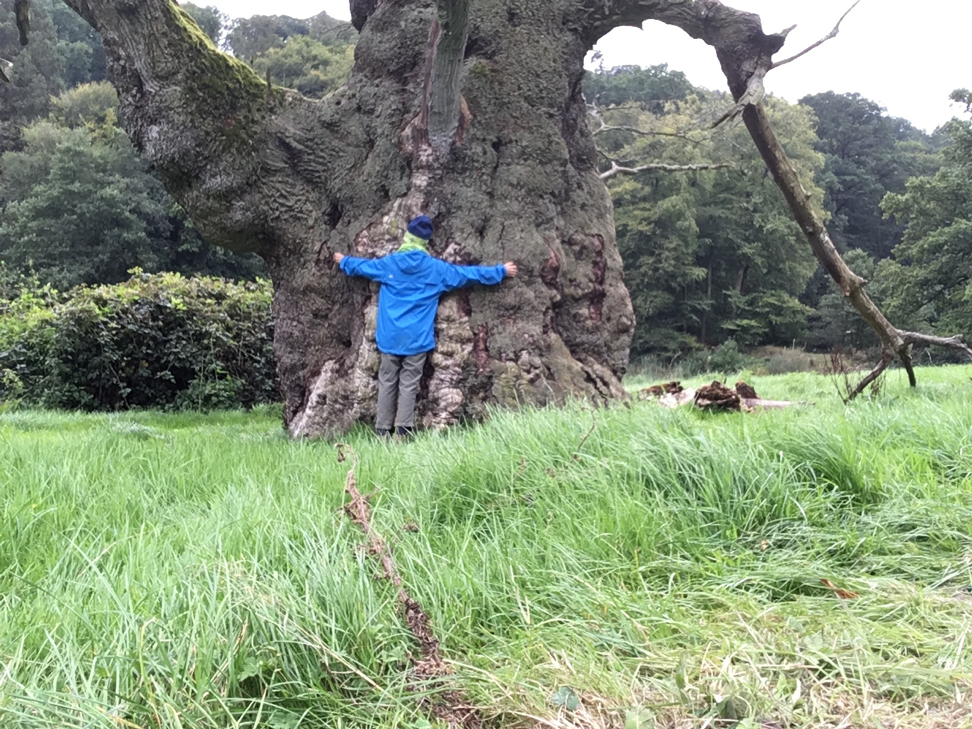
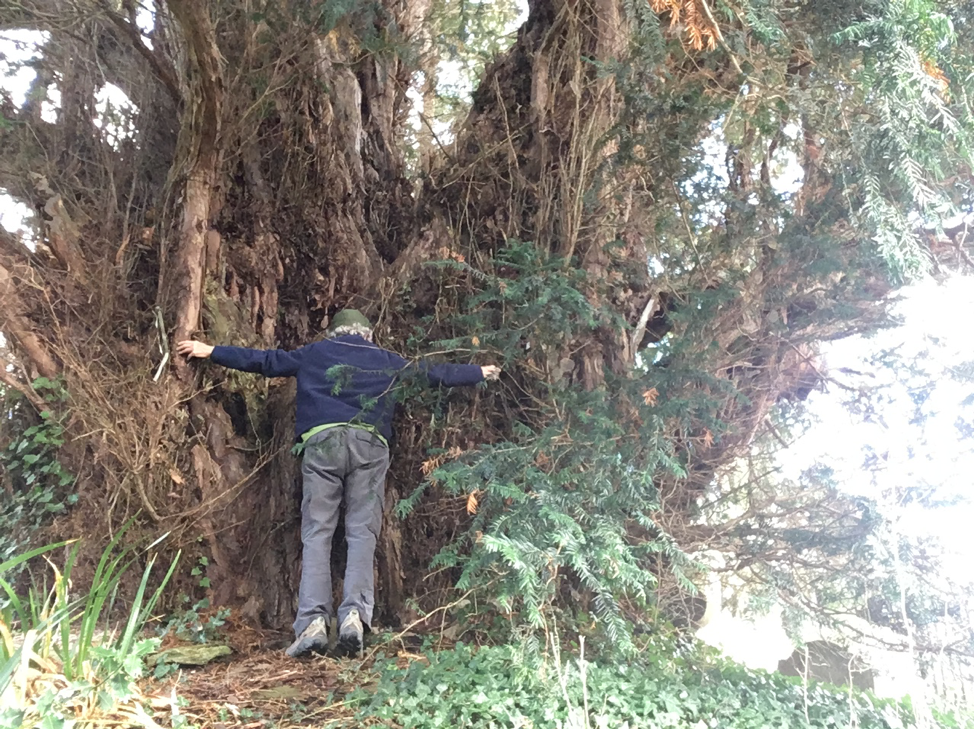
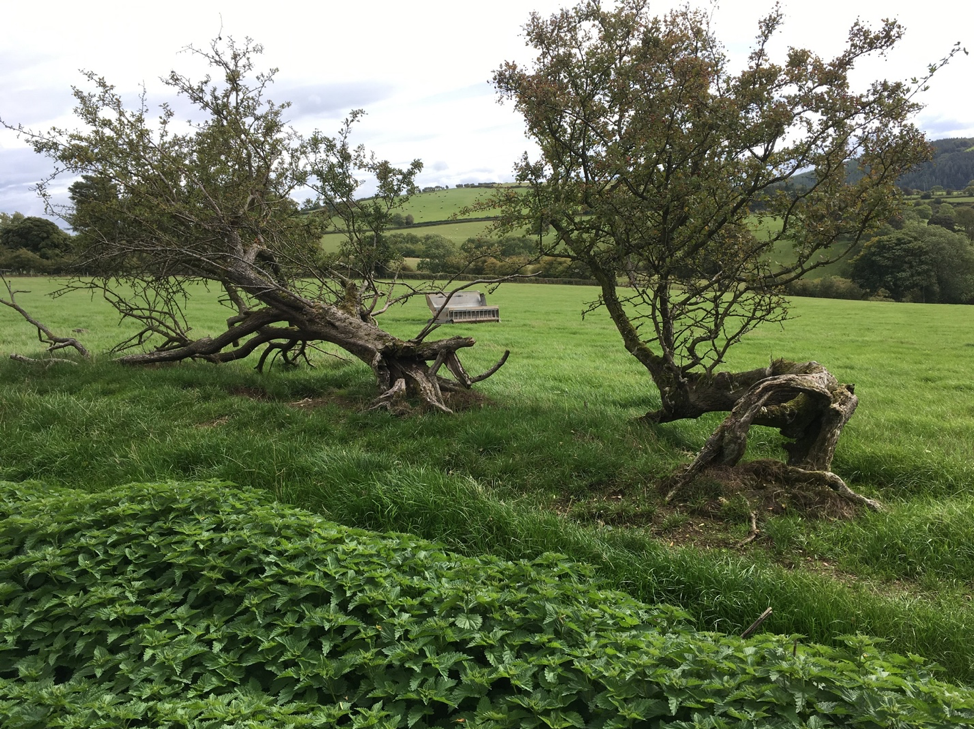
Resources:
Imagining Our Oaks, Imagining Our Oaks Through Time: Care and Nurture for Their Graceful Aging by Jocelyn Cohen, MANZANITA, Volume 14, Number 3, Published by the Friends of the Regional Parks Botanic Garden, Fall 2010
Pocket Parks
Pocket Park Garden: A small garden, within a sidewalk cutout, like a pocket, along residential and commercial streets. Large trees overhead complemented by smaller shrubs and ground covers beneath bestow a park like impression. The garden width allows for pedestrians and meets the American Disability Act standards, whereas the length is determined by creativity and imagination. See “Sidewalk Pocket Parks” booklet for history of how our public right of ways evolved and philosophy for our sidewalks along with new ways to think about and design our urban forest.
San Francisco , Bernal Heights, The Virginia Garden Walk, 2023
The Virginia Garden Walk is a network of foot paths, stairways, and garden in northwest Bernal Heights. The Friends of the Virginia Garden Walk are the stewards of this unique landmark. Our mission is to restore the garden, renovate the structures, and revitalize the neighborhood. We are an inclusive group who are committed to sustainable gardening and community building. Please join us in beautifying Bernal.
As a volunteer member of the steering committee, I work with the community sharing my pruning, gardening and horticulture skills.
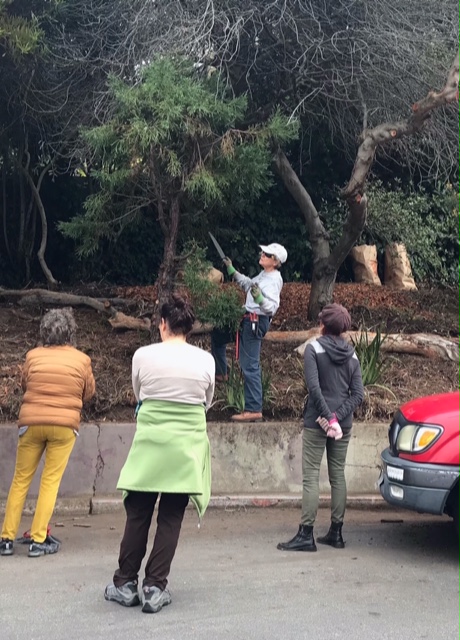
Arbor Day 2009 installation of a pilot pocket park garden in San Francisco.
Collaboration with Urban Forest Council of San Francisco, Sunset Elementary School Garden Group and Alma Hecht principal of Second Nature Design.
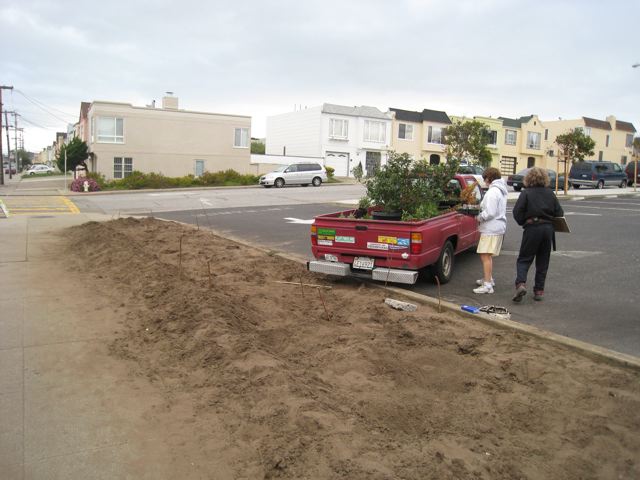
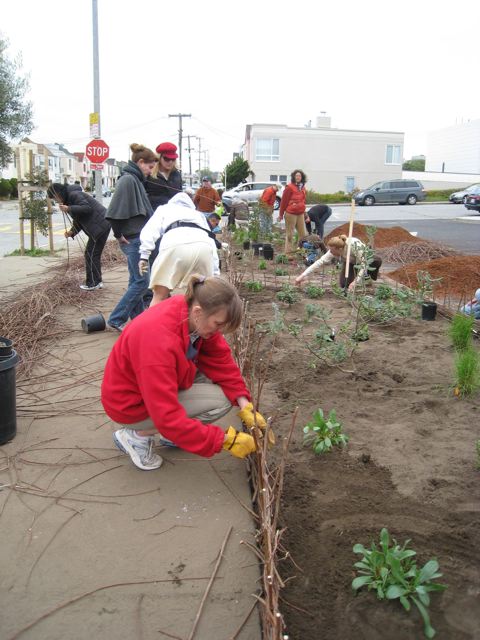
Sidewalk Pocket Park Gardens fulfill multiple functions:
• Work as links between larger natural areas including open spaces, neighborhood parks and green stairways to create tree lined corridors throughout urban areas
• Act as individual havens unto themselves providing peaceful, beautiful spaces on our city street
• Increase permeable space providing better conditions in which trees may grow
• Foster neighborhood cohesiveness and pride through community involvement
